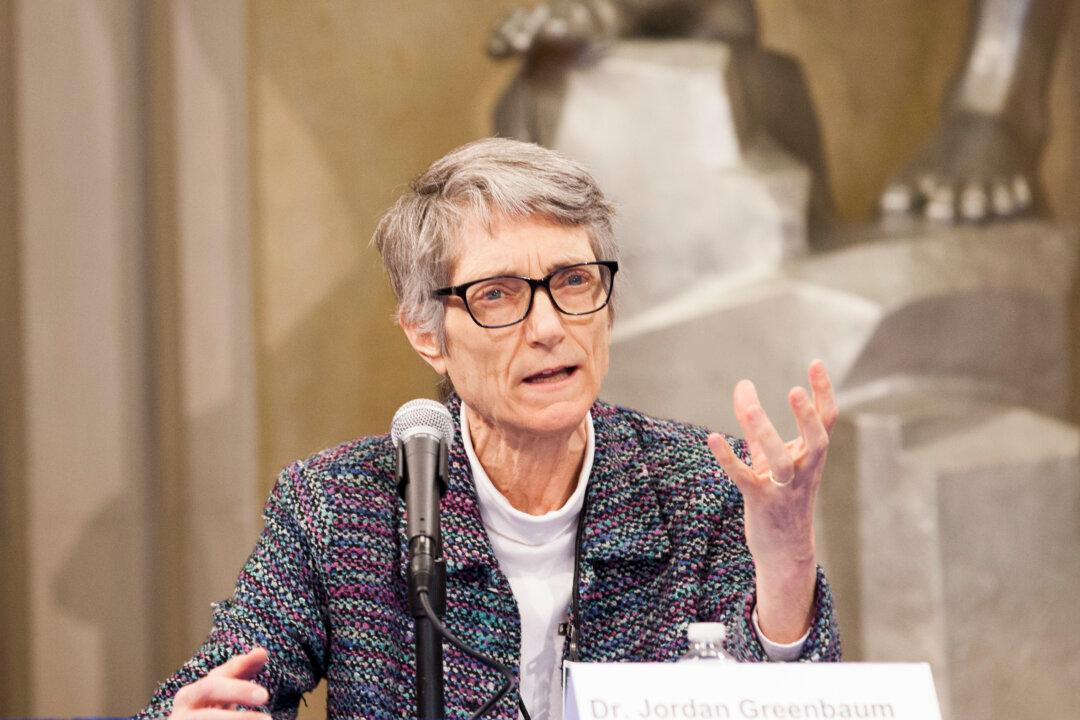WASHINGTON—Human trafficking—whether sex or labor, adult or child—has devastating consequences on the victims.
“We see an extraordinary amount of physical and mental health effects from child and adult trafficking,” said Dr. Jordan Greenbaum, medical director of the Child Protection Center at Children’s Healthcare of Atlanta, at a human trafficking event at the Department of Justice in Washington on Feb. 2.





